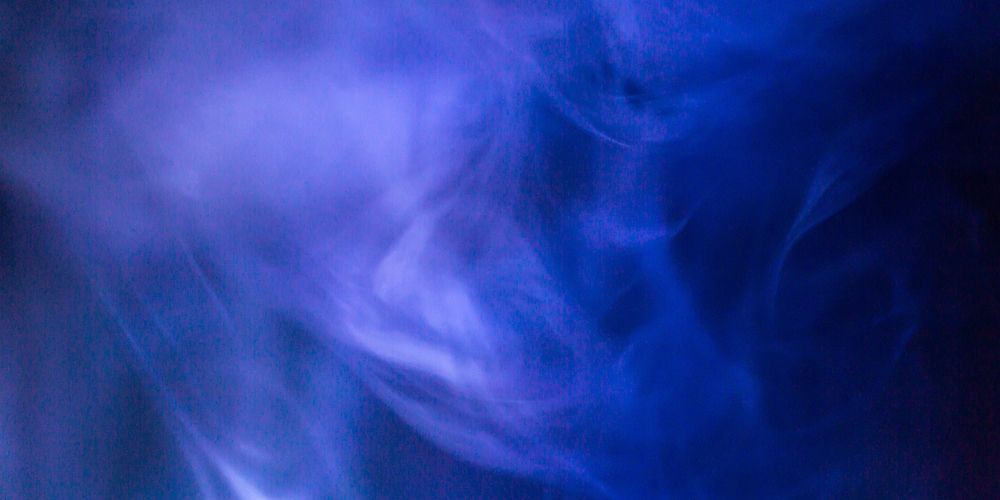Universities are included among some of the world’s historic, cultural and architectural treasures and are at risk of being damaged or lost to fire. When structures are hundreds of years old and not designed with smoke detection or fire suppression in mind, protection can be challenging. The high ceilings and voluminous spaces in school campus grand halls that inspire awe, ironically, are the most difficult to protect with traditional smoke detection.
Fortunately, for facility managers of historic school buildings today’s technological innovations can enable superior early smoke detection without compromising beautiful aesthetics with intrusive ceiling mounts or wiring. The latest beam detectors, called Open-area Smoke Imaging Detection (OSID), can monitor the attenuation of optical beams and be installed below the ceiling to conform with architectural features of a structure. These detectors can identify smoke particles over large, continuous areas, minimizing the need for numerous detection devices, wiring and conduit. The latest generation is also designed to be easy to install and maintain, with superior reliability.
Protecting Architectural Treasures
An example of historic structure fire protection can be found at the Cathedral Basilica of the Sacred Heart in Newark, N.J., which is the fifth-largest cathedral in North America. Construction of the French Gothic Revival style building began in 1899, finished in 1954, and today it is listed on the U.S. National Register of Historic Places.
When Cathedral Basilica recently updated its security and fire protection, N.J.-based United Fire Protection Corp., one of the largest, full-service fire protection companies in the New York metro area, was charged with the task. The project involved fire detection and an alarm system installation throughout the main facility, its offices and residential areas.
“The challenge was providing superior early warning fire detection without detracting from the aesthetics of the area in any way,” says Frank Savino, president of United Fire Protection.
For such high-ceiling applications, using heat detection would be ineffective, according to Savino. “By the time heat detectors would alarm at an elevation of 50 feet or more, the fire size would be big and significant smoke and fire damage would have already occurred,” he says.
Installing spot smoke detection or air sampling system would mean placing smoke detectors on the ceiling, but installing that technology on vaulted, archway ceilings would detract from the beauty of the building.
To resolve these challenges, Savino turned to a sophisticated OSID smoke detection system designed specifically for large open spaces. Essentially, the system uses imaging technology to monitor the modulation of light beams disrupted by smoke particles between components that can be located hundreds of feet apart. It uses a CMOS imager, an electronic chip that converts light photons to electrons for digital processing, that is the equivalent of hundreds of thousands of photocells, which far surpasses the detection capability of a single photo receiver.
In its basic configuration, OSID-R (Reflective) uses an emitter and an imager. It operates on the principle of light obscuration, using an ultraviolet and an infrared (IR) beam. When smoke partially blocks the beam, an alarm is activated. Because power and connectivity occur in the imager only, the device only requires a single unobtrusive reflector on the opposite wall.
“The key benefit of the OSID system is the ability to provide early fire detection of wide-open spaces efficiently,” says Savino. “It actually detects smoke faster and better if installed lower than at ceiling level.”
Instead of ceiling mounts, Savino was able to install four advanced OSID beam detectors in an electro-mechanical access space along the triforium, a walkway around the building’s perimeter. This meant that they were out of sight from the floor level and allows the beams to project invisibly from one side of the building to the other side. Smoke passing anywhere in the path of the beam will initiate an alarm.
“A high-power OSID system can provide effective, continuous detection of smoke particles for approximately 500 feet,” says Savino. “Advanced beam detection also offers the advantage of continuous detection along its entire projected length. It is like having a continuous line of spot smoke detectors installed a foot apart. Smoke intrusion anywhere along this path would activate an alarm,” says Savino.
Compared to previous generations of beam detection, the advanced devices are far more reliable. Today, CMOS imagers find and lock on to their detection target (reflector or emitter), eliminating building movement issues, which causes legacy projected beam detection to go out of alignment. The CMOS imager further minimizes fault and nuisance alarms from solid object intrusion and dust.
Savino and United Fire Protection Corp. successfully completed installation of the OSID system. In the long run, he believes that it also offers significant advantages for required periodic testing as well.
As beam detectors do not have to be mounted on the ceilings, periodic code required inspection, test, and maintenance is easy with OSID.
According to Savino, “Annual testing with OSID is quick and easy. Essentially, we just put a test filter that simulates real smoke in front of the beam, which simulates a smoke condition. We can do that in the electro-mechanical access space along the triforium. That is much easier and safer than having to go up in a lift to blow smoke into spot detectors on a high ceiling.”
From Savino’s decades of experience as a fire safety professional, he concludes that for historic structures with high ceilings and substantial open spaces, this approach simply makes sense.
“We need to protect our irreplaceable, architectural treasures and all the culture and history they contain without compromising their aesthetics in the process,” he says. “Today, that often is best accomplished in vast, high open spaces with OSID, which is becoming a best practice fire protection technique in these situations.”
Khaleel Rehman is Director of Business Development – Americas for Honeywell Inc. For more information, call: 404-216-6186.







